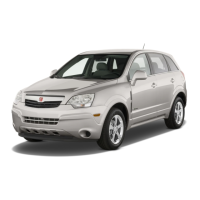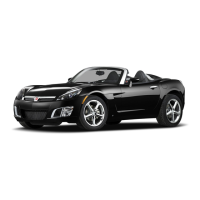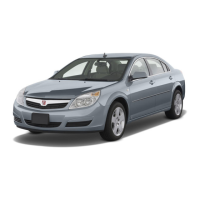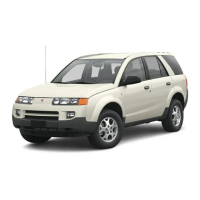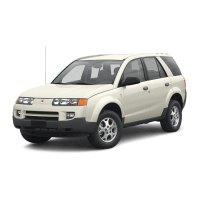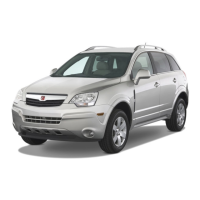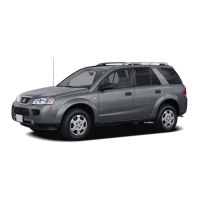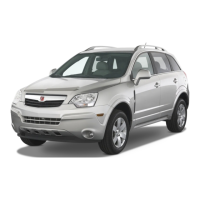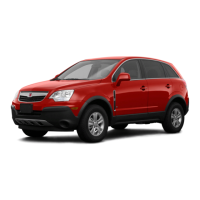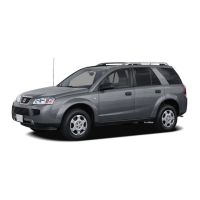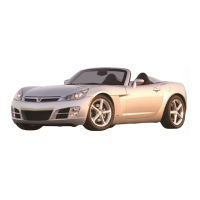To open the cover of the rear
storage area, push the button
located at the top.
Luggage Carrier
{ CAUTION
If something is carried on top
of the vehicle that is longer
or wider than the luggage
carrier — like paneling, plywood,
or a mattress — the wind can
catch it while the vehicle is being
driven. This can cause a driver to
lose control. The item being
carried could be violently torn off,
and this could cause a collision,
and damage the vehicle. Items
may be carried inside. Never carry
something longer or wider than
the luggage carrier on top of the
vehicle.
If your vehicle has a luggage carrier,
items can be loaded onto the top of
the vehicle. Crossrails may be
purchased at your dealer/retailer.
Notice: Loading cargo on the
luggage carrier that weighs more
than 200 lbs (91 kg) or hangs
over the rear or sides of the
vehicle can damage the vehicle.
Load cargo so that it rests as
far forward as possible and
against the side rails, making
sure to fasten it securely.
Do not exceed the maximum vehicle
capacity when loading your vehicle.
For more information on vehicle
capacity and loading, see Loading
the Vehicle on page 4-28.
Check that all cargo is securely
fastened to prevent damage or loss
while driving.
Features and Controls 2-43
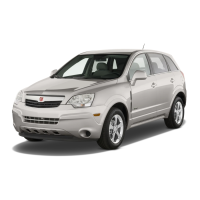
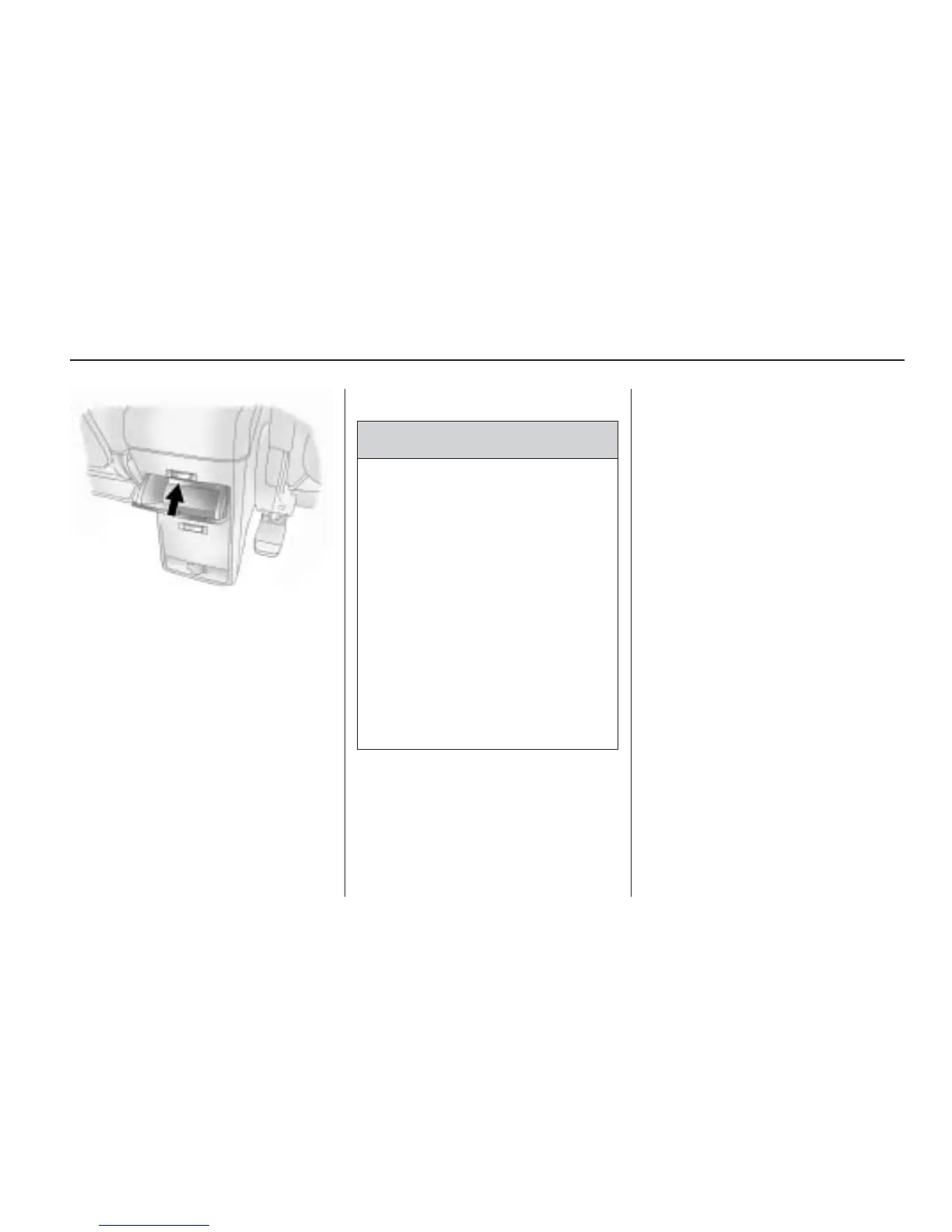